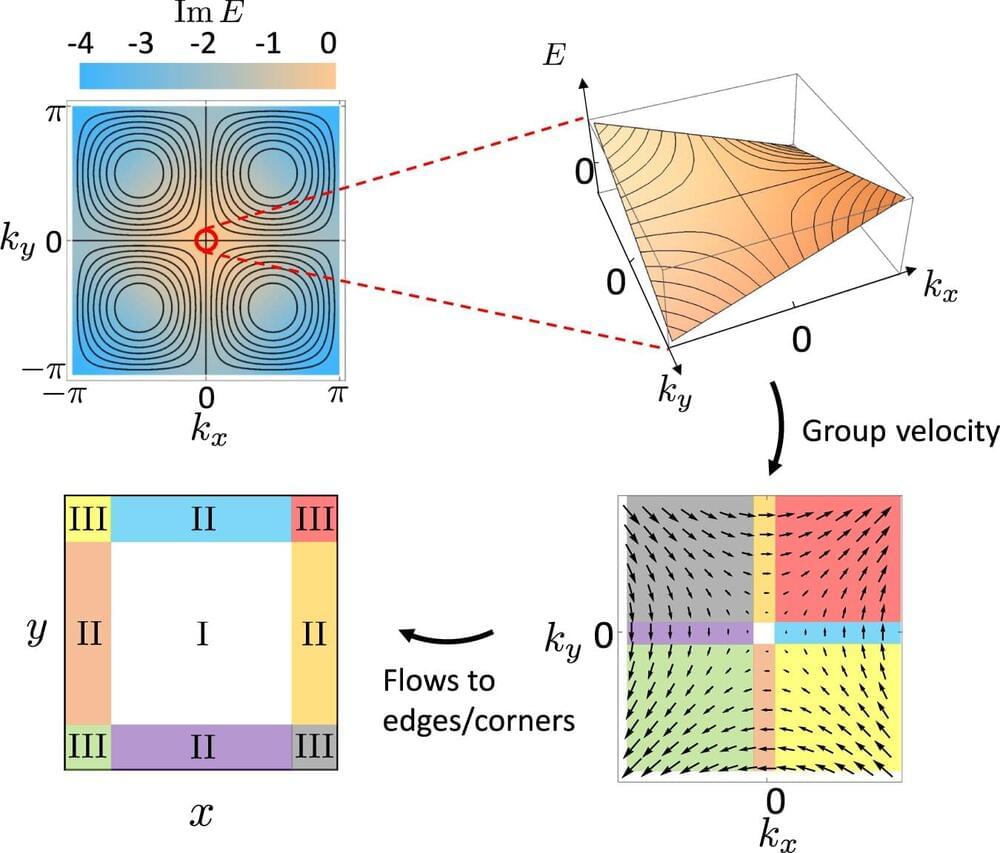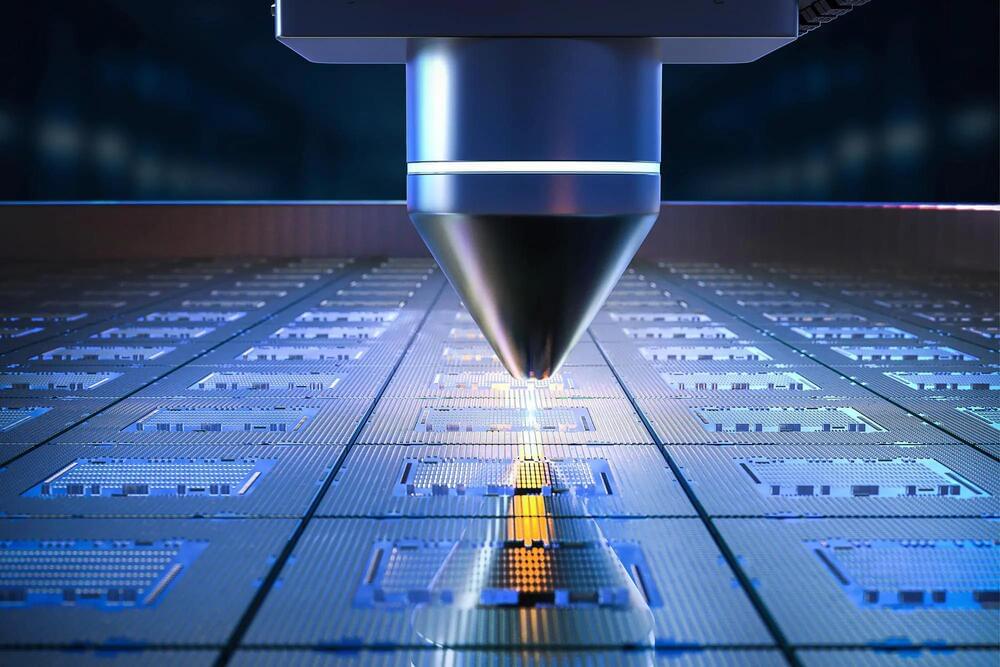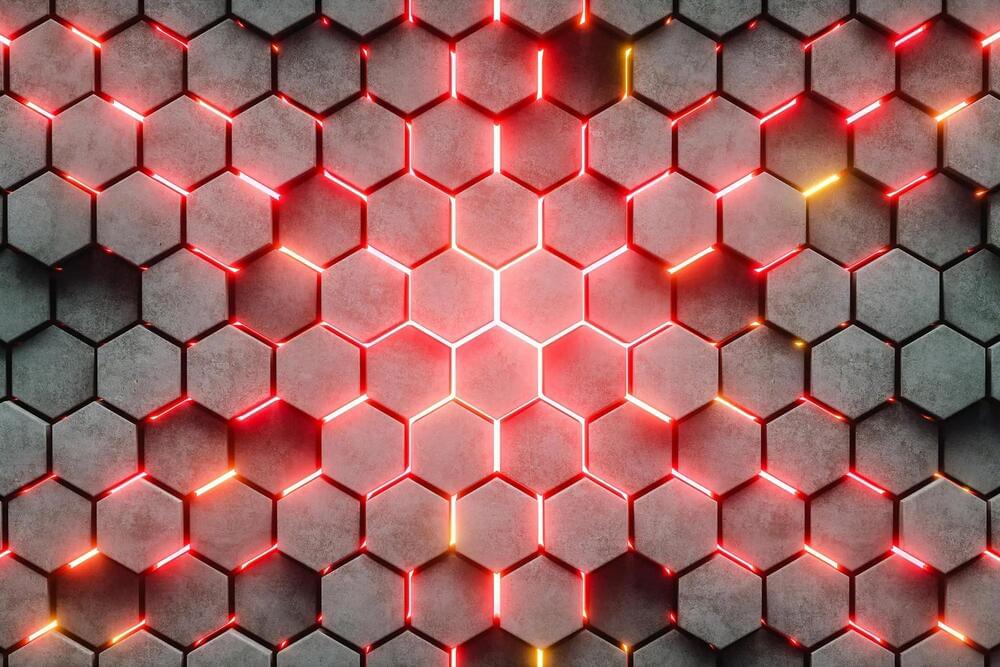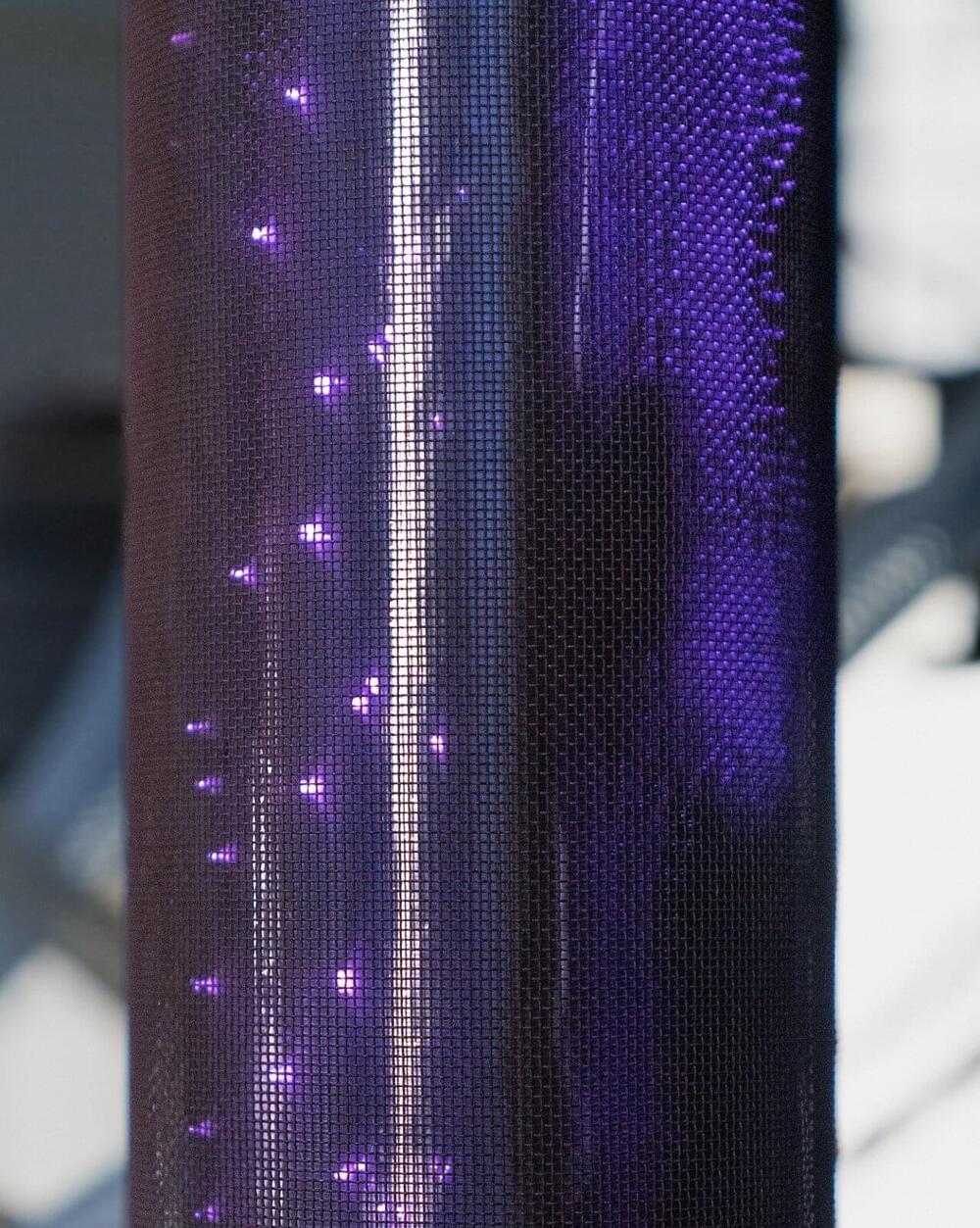It is often desirable to restrict flows—whether of sound, electricity, or heat—to one direction, but naturally occurring systems almost never allow this. However, unidirectional flow can indeed be engineered under certain conditions, and the resulting systems are said to exhibit chiral behavior.
The concept of chirality is traditionally limited to single direction flows in one dimension. In 2021, however, researchers working with Taylor Hughes, a professor of physics at the University of Illinois Urbana-Champaign, introduced a theoretical extension that can account for more intricate chiral flows in two dimensions.
Now, a team led by Hughes and Gaurav Bahl, a UIUC professor of mechanical science & engineering, has experimentally realized this extension. As the researchers reported in Nature Communications, they constructed a topological circuit network, a system of electronics that simulates the microscopic behavior of quantum materials, to explore the entirely new behaviors predicted by this extended, or higher-rank chirality.







